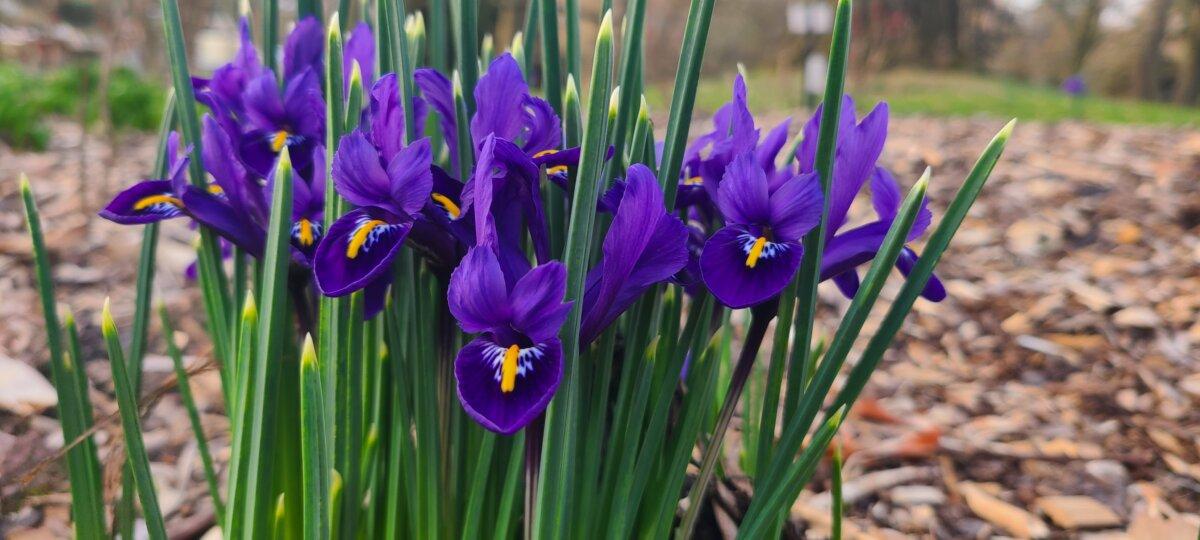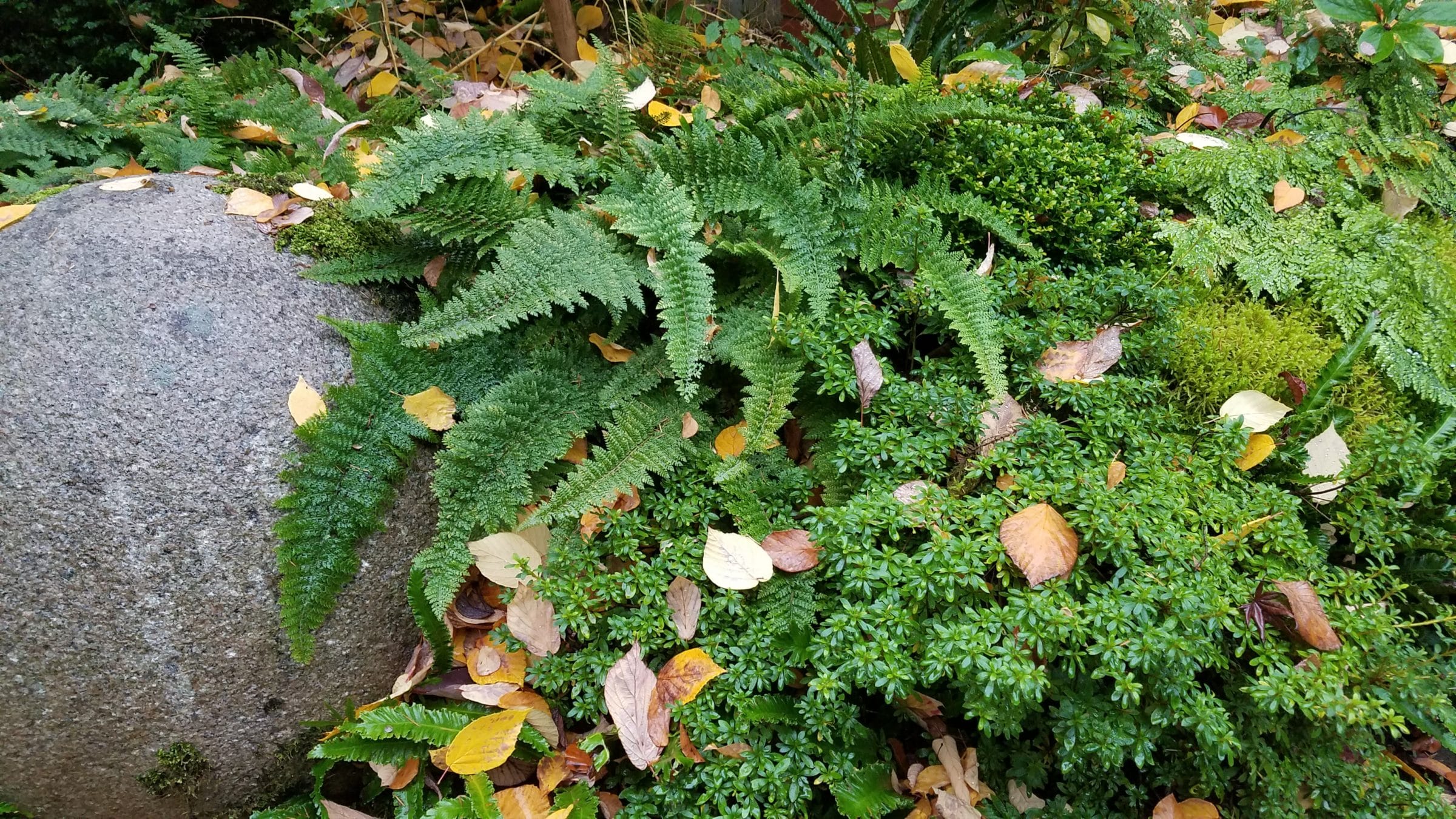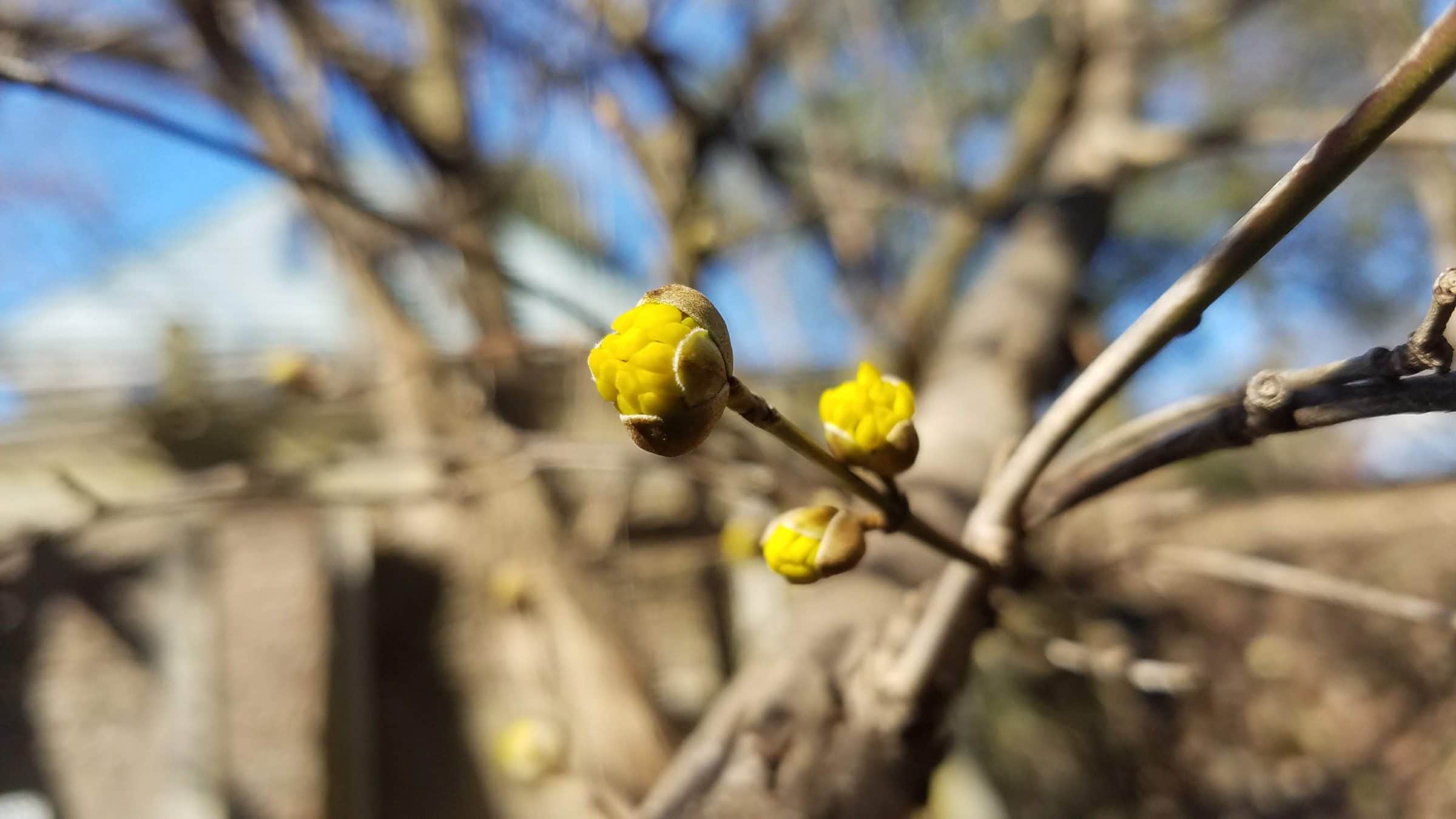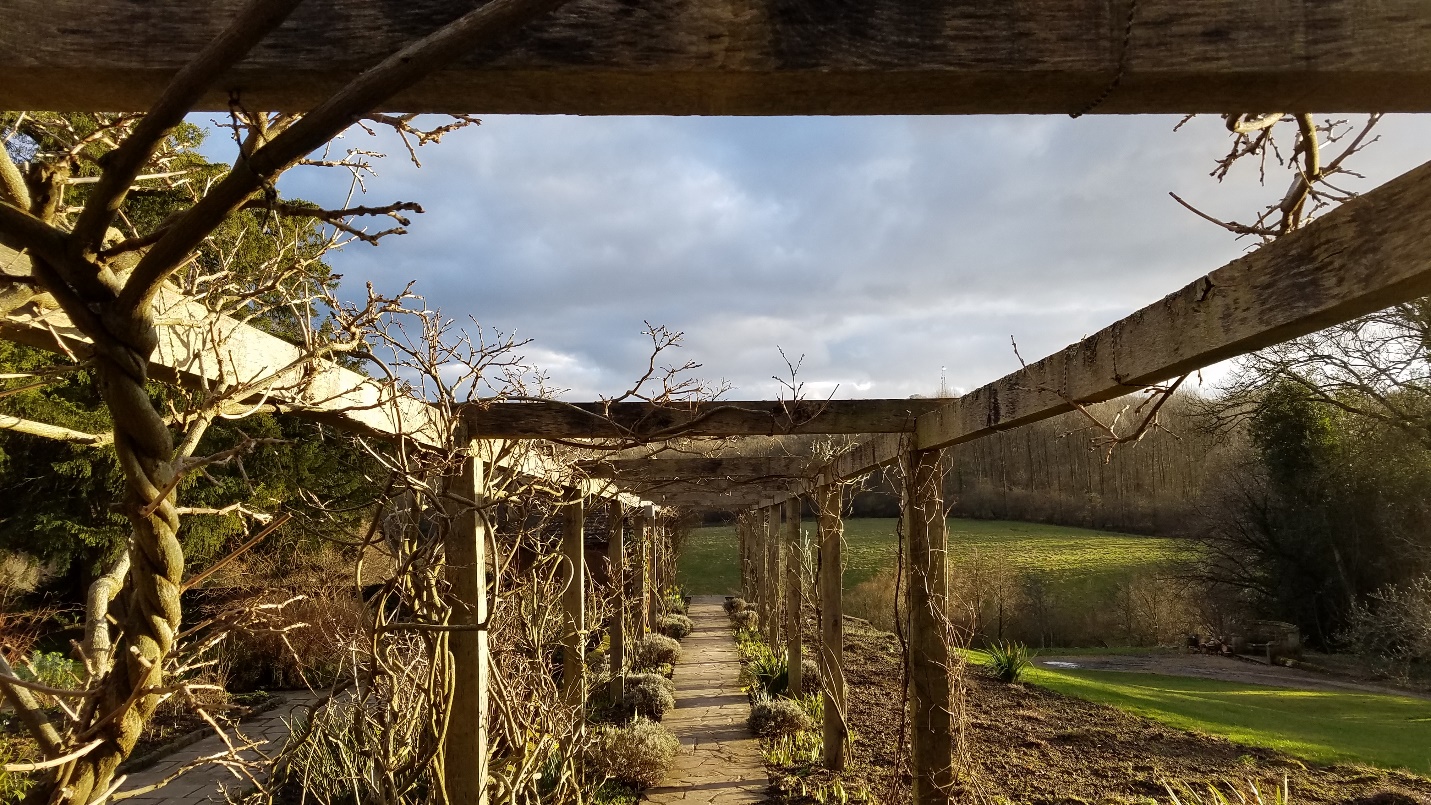
Winter Pruning Japanese Wisteria
Wisteria floribunda is one of those classic plants that when in full bloom, can evoke feelings of nostalgia, peace, and serenity. Its style can assimilate into traditional Japanese gardens or classic English gardens, where it is most often trained over pergolas or arches to accentuate the cascading racemes that bloom in May. Not only will Wisteria floribunda amaze your sense of sight with its profusion of flowers, it will also gently arouse your sense of smell with its sweet fragrance; which is perhaps what triggers the nostalgia in the first place.
To ensure the Wisteria at Gravetye Manor produce beautiful displays of fragrant flowers, myself and the horticultural team prune and train them in the summer and winter. Summer pruning reduces the vegetative vigor of the plant, allocating resources to flower production rather than vegetative growth. This could be done in July or August to help establish flower buds for the next season.
During mid-winter, the Wisteria is once again pruned to stimulate flower bearing spurs, instead of vegetative shoots. When apical dominance is removed from the growing point, the plant starts to produce more cytokinin rather than auxin, resulting in the production of more flower buds and lateral shoots.
The whippy shoots that were cut back in the summer by 1/3 are again reduced to 3-5 flower buds, ensuring a tidy appearance and flowers that will not be obstructed by foliage. Winter pruning also allows for a careful assessment of the overall structure of the plant. Not obscured by foliage, the framework of Wisteria floribunda on the pergolas is easily seen and can be evaluated for renovation, hard pruning, and training.
The first step we took was to remove any basal shoots that were missed in the summer or that managed to regrow. A good way to safeguard against these basal sprouts is to twist the shoot off rather than pruning.


By pulling the shoot off instead of cutting it, you are ensuring each bud is removed. However, take caution and care when using this method as it is easy to take the shoot off along with some bark, creating a large scar.
The next step is to reduce last season’s growth down to 3-5 buds above the node. Although it is recommended to reduce to 3-5 buds, the balance of flower size to flower quantity can be left to your discretion.


As you can see above, some of the flowering spurs have more than 5 flowering buds on each spur. Spur reduction is also a task carried out during the pruning process that reduces spurs that have become overcrowded. During this process, it is also wise to consider leaving certain growth as a replacement for old branches that might have been damaged or just need rejuvenation.
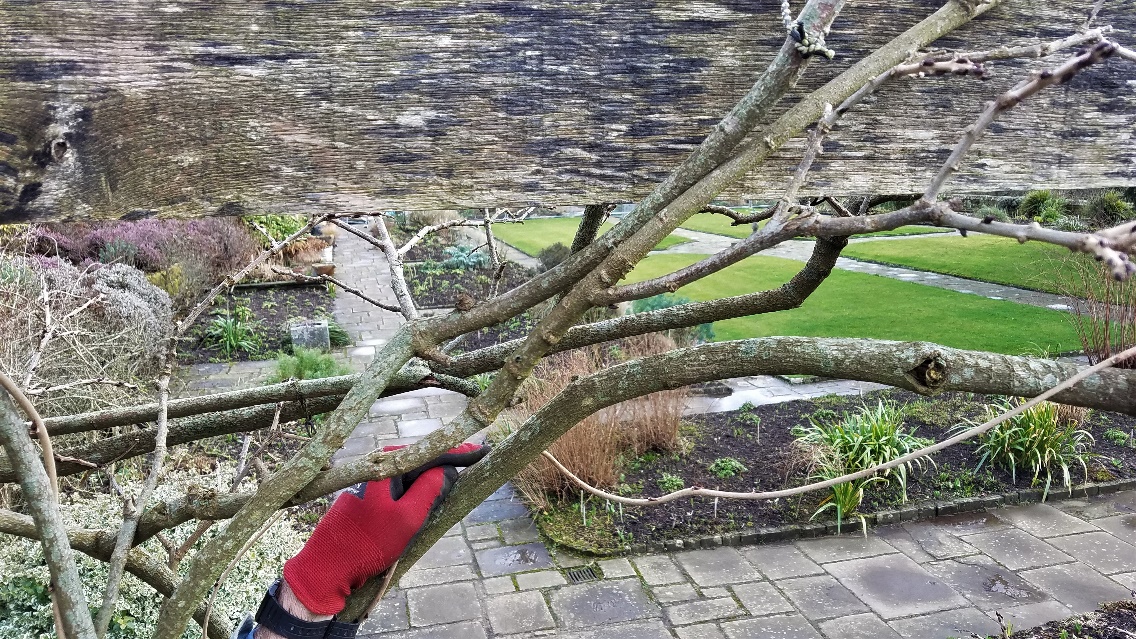
Replacing damaged branch with new growth

Choosing replacement branch
 The branch above sustained significant damage from strong winds and needs to be removed. To begin the restoration process, we must select new young growth to take its place. Training the new growth of Japanese Wisteria around the pergola needs to be done in a clockwise fashion, as opposed to the Chinese Wisteria which wraps its shoots counterclockwise.
The branch above sustained significant damage from strong winds and needs to be removed. To begin the restoration process, we must select new young growth to take its place. Training the new growth of Japanese Wisteria around the pergola needs to be done in a clockwise fashion, as opposed to the Chinese Wisteria which wraps its shoots counterclockwise.
Finally, after all the summer growth has been pruned, unnecessary shoots removed, restorative pruning performed, and new replacement shoots identified, it is time to start tying and training the Wisteria.

Tying in Wisteria branch
To get the best coverage of the structure and ensure the branches are not damaged during severe weather, tie the shoots and larger branches securely to the structure. To prevent girdling of the cambium layer at the point of attachment, use a figure eight knot that will allow the branch to grow without being girdled.
Your work will not go unnoticed, as beautiful long, white, and fragrant racemes will begin to appear in mid-spring. Japanese Wisteria inflorescence can reach lengths of up to one meter, increasing the proximity of the fragrant flowers to your nose. The romantic notions of this plant are true, one just needs to feel a cascading raceme brush their shoulder on a breezy and clear May day.
-Shem Ruszczyk
*If you are interested in plant dormancy read the article about forcing dormant branches to bloom.



